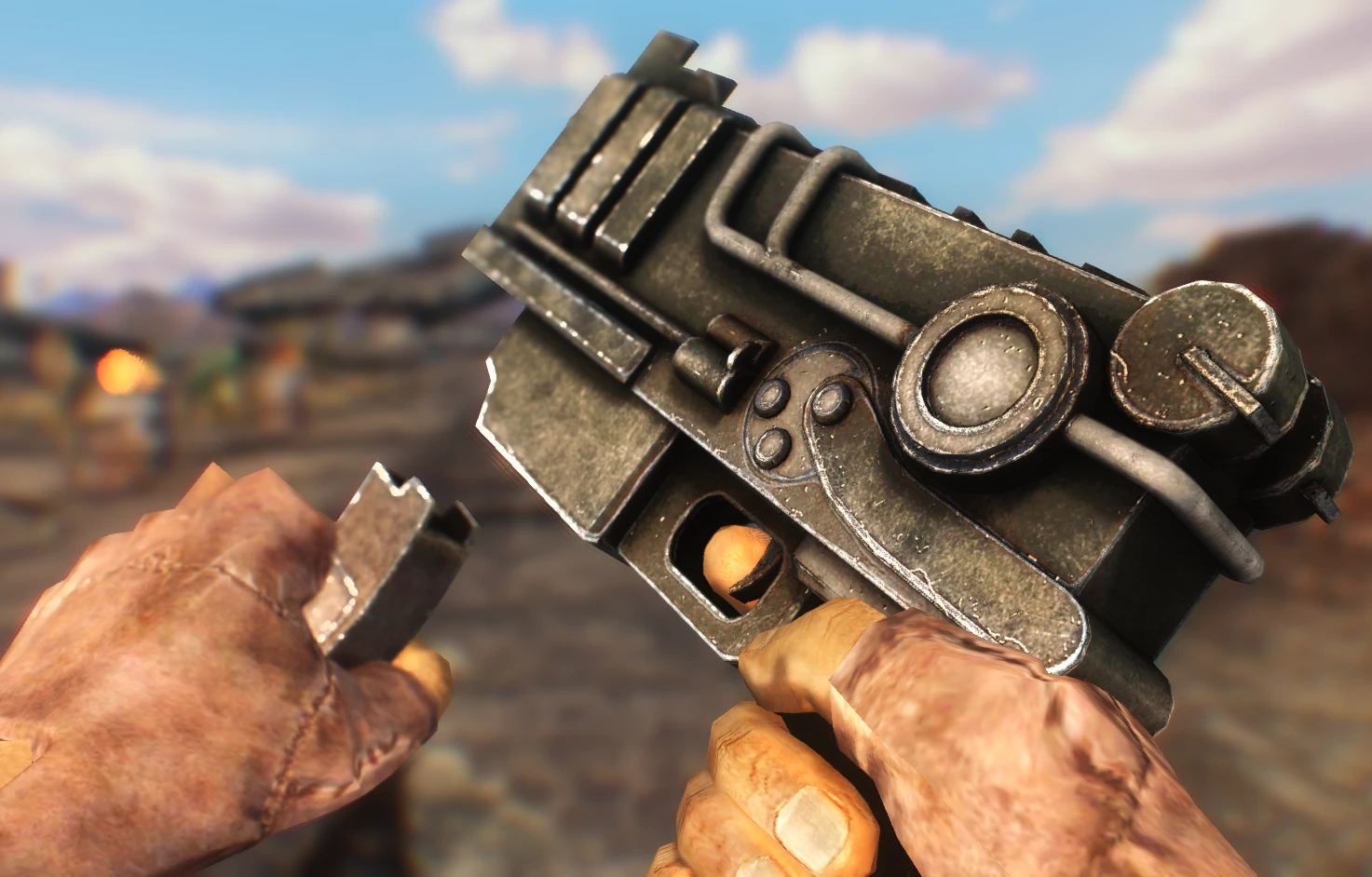

The offensive use of anti-materiel rifles or special application scoped rifles (SASR) is termed hard target interdiction (HTI) by the United States military. Anti-materiel rifles can also penetrate most obstacles and building materials, making them viable for dispatching targets behind cover that is usually hard enough to stop rifle-caliber cartridges.

Their value lies in their ability to precisely target and disable enemy assets from long range at relatively low cost.ĭespite having been designed to be used against equipment, anti-materiel rifles have also been used for killing soldiers from distances that are beyond the effective range of rifle-caliber cartridges. They can also be used against stationary enemy aircraft, missile launchers, radar equipment, small watercraft, communications equipment, crew served weapons and similar targets. While modern tanks and most other armored vehicles are too well protected to be affected by anti-materiel rifles, the guns are still effective for attacking unarmored or lightly armored vehicles.

The origins of the anti-materiel rifle go back to the First World War, during which the first anti-tank rifles appeared.


 0 kommentar(er)
0 kommentar(er)
